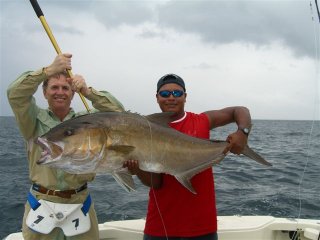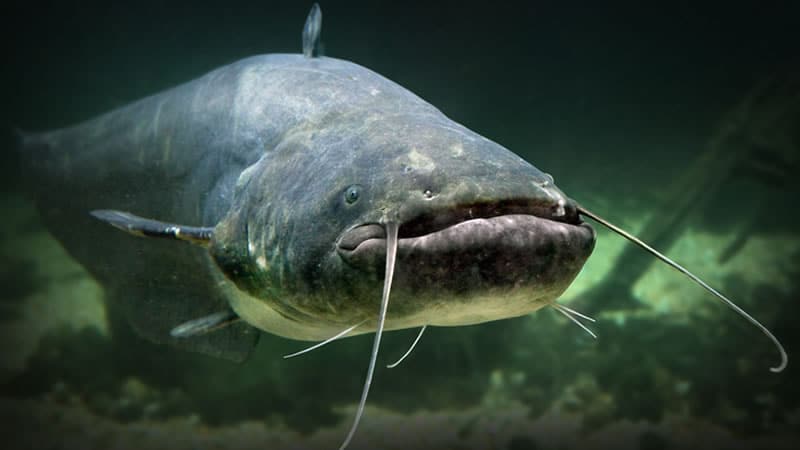What is AMBERJACK?
Amberjack is the collective name of the species of fishes that belong to the genus Seriola of the Carangidae family. This bony fish is also called other names such as Amberfish and Carangidae. There are about 140 recognized individual species of Amberjacks, but in the Atlantic Ocean, there are three known common species that are sought after by recreational anglers – the Greater amberjacks, Lesser amberjacks, and Banded rudderfish.
Characteristics
This fish has a wide range of sizes from 10 inches to 6 feet. It also can weight from 1 pound to 100 pounds. The largest Amberjack is the Greater Amberjack, which is also the biggest in the jack family. It generally has a silver color though this is not the case with other Amberjack species. Other species have tints of blue, lavender, olive green and pink, and gold. However, most if not all of these species have a silver-white belly with a darker colored stripe beginning from the nose to the dorsal fin.
Habitat and Eating Patterns
Amberjacks, along with the other members of the Jack family thrive in tropical and subtropical areas especially in the Atlantic Ocean including Florida and the Gulf coast. They forage over debris, rocky reefs, and wrecks in small groups. Normally, they follow schools of smaller fishes over lengthy distances to feed. Other food sources of this fish include squid, crabs, shrimps, and other crustaceans.
Fishing Tips
Many variations of Amberjacks are caught by commercial fishermen with the use of long lines. They are also caught jigging the reefs and wrecks offshore. It is a powerful fish which behavior is characterized by slow and continuous pulls that could go on for minutes without breaks in between. Although it would be nice to get a trophy worth Amberjack, those weighing 15 pounds or less nevertheless are the best to eat.







